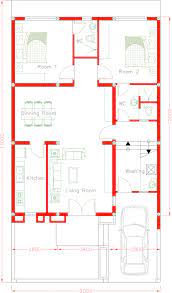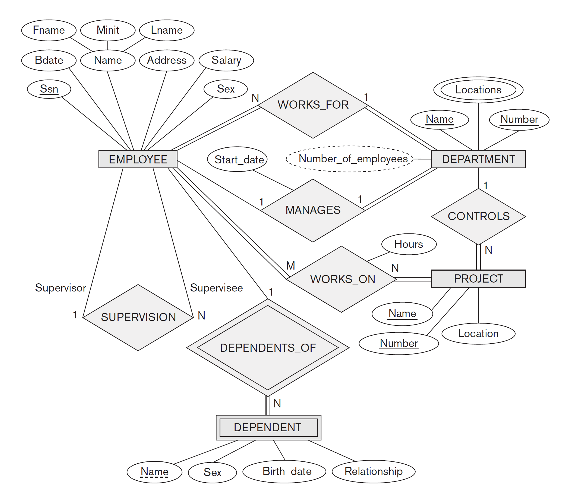Database Design using Entity-Relationship Model ER-Model
For Complete YouTube Video: Click Here
In this class, we will understand Database Design using Entity-Relationship Model ER-Model.
We have already discussed the concepts of data, database, and database management systems.
Being an engineer, if someone asks to develop a database, will we directly start implementing it on the DBMS software.
Will that kind of approach work successfully?
No, it will not work in that way.
There are many steps involved before developing the database.
Table of Contents
Database Design using Entity-Relationship Model ER-Model
To understand what the steps are and why those steps are, we will consider the analogy of constructing a house.
Analogy
If we want to construct a house, will we go directly to the constructor and start building.
No, things may not work in that way.
What will we do?
We will first go to the civil engineer and will give him all the requirements.
What are the requirements?
Requirements are how we want the house to be.
For example, the following are the requirements.
- Dimensions of the site: 100 feet * 150 feet
- Number of Bedrooms: 3
- Parking space: Yes, required
- Size of each room
The above are some of the requirements that the customer provides to the engineer.
Based on those requirements, the engineer will now construct a rough plan.
Now the customer will verify the plan and may suggest some changes based upon his requirements.
Now the engineer will sketch the final plan called the blueprint, as shown below.

Now the customer will give that plan to the constructor to start building.
The constructor will now start building according to the plan.
In the same way, we will develop the databases.
Requirement collection Design and Development of Database
First, we will collect all the requirements from the company for which we want to construct the database.
To collect the requirements, we will go to each employee and ask for their needs.
The requirements are documented in simple language, as shown below.

Now all these requirements are provided to the database designers.
Based upon those requirements, the designers will now develop the Entity-Relationship Diagram, as shown below.

The above diagram is the same as the blueprint while constructing the house.
The designers will provide the final ER-Diagram to the developers.
The developers will develop the database from the ER-Diagram.
This method is the same as that of constructing the house by constructor using the blueprint.
In the entire course, we will design and develop the database for a company.
